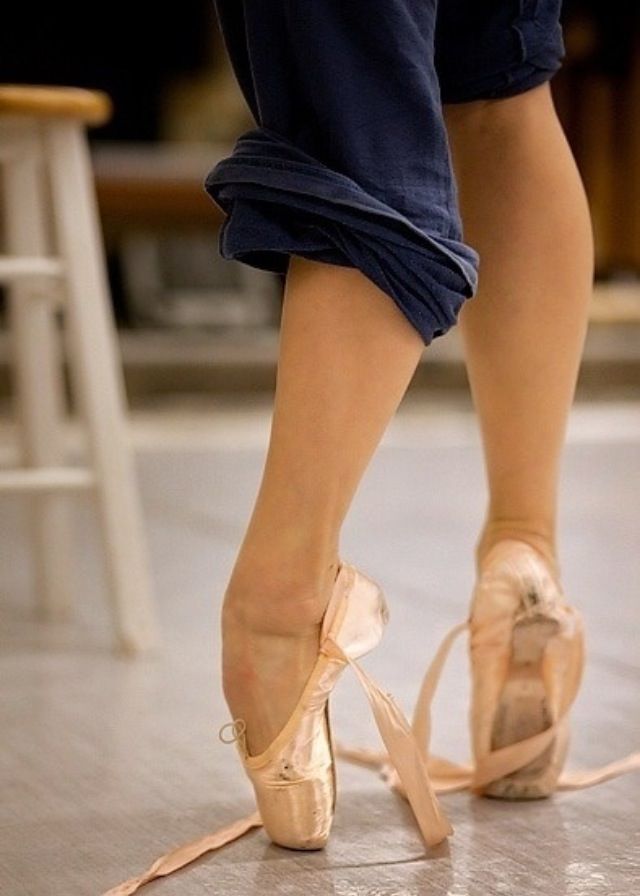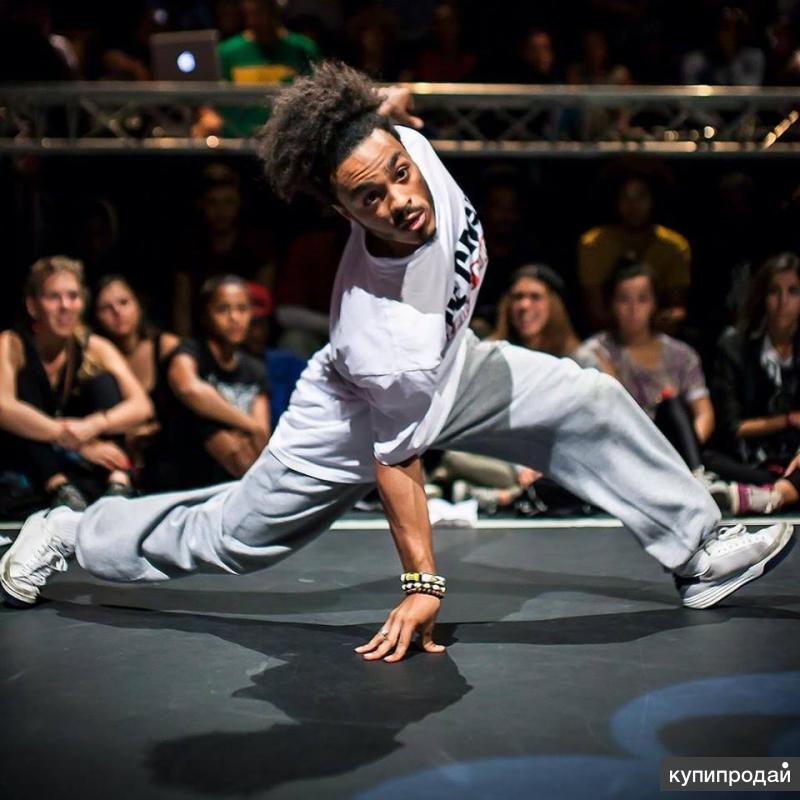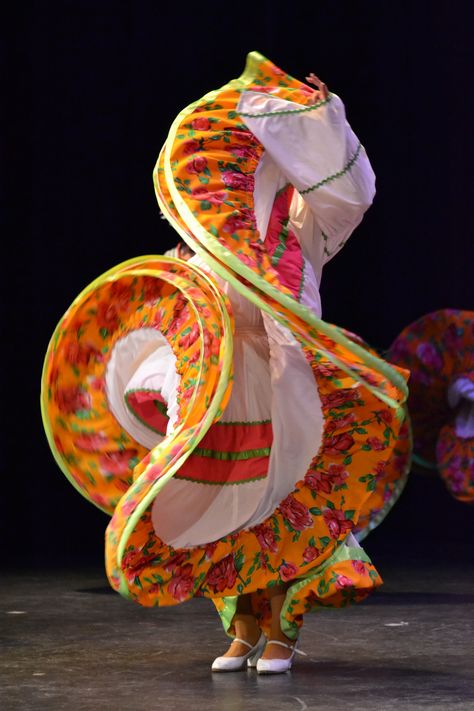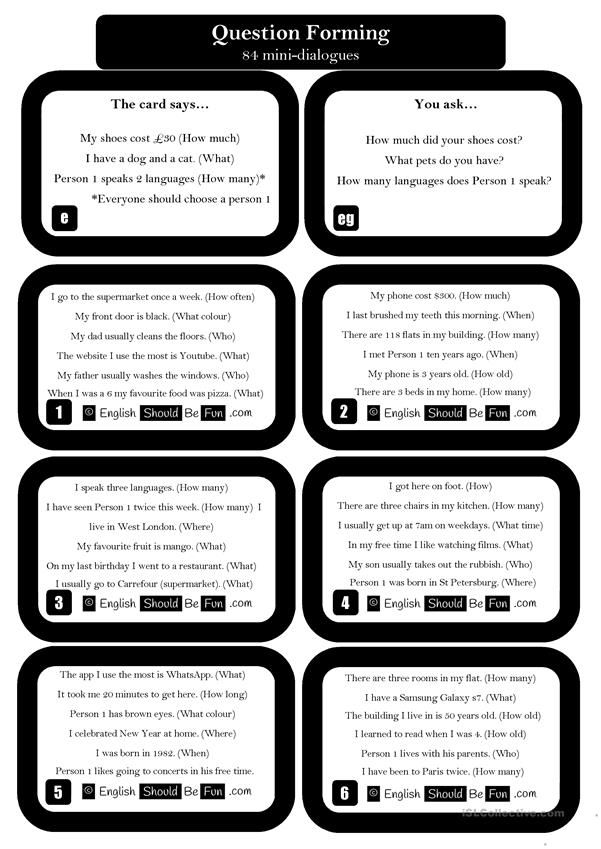How much do pole dancers make a day
How Much Do Pole Dancers Make?
If you’re wondering “how much do pole dancers make”, then you’re not the only one.
Pole dancing is more than just costumes and exotic dance moves. One of the key benefits of the industry is the money. For many, it’s an easy way to make a lot of money and can even provide financial security.
So, to peel back this layer of secrecy surrounding this perfectly respectable profession, this article is going to dive deep into the pay and the life of a pole dancer!
Contents
- How Much Do Pole Dancers Make?
- Pole Dancers’ vs Dancers’ Salary
- Salary Is Not the Only Income of Pole Dancers
- Freelance Teaching
- Offer Private Dancing Lessons (Open Private Studios)
- Become a Coach
- Make Your Own YouTube Channel, Tiktok or Website
- Become an Affiliate
- Publish Podcast
- What Affects a Pole Dancer’s Income?
- Working Experience
- Dance Skill
- Dancer’s Reputation
- Size of the Club/Bar
- Cities
- Stripper or Not
- Final Words
How Much Do Pole Dancers Make?
According to many sources, the average pole dancer makes around $44,161 and can go as high as $65,431 a year.
If you have a contract with clubs that requires you to perform a number of hours per week (or a set number of performances), then you can expect the payout to be between $75 to $100 an hour. However, according to many famous pole dancers on YouTube and Facebook, they recount having some days where they net up to $200 to $500 per hour!
But be warned, if you’re thinking about entering the industry, you probably won’t get such good rates right away (or possibly ever). On average, a pole dancing gig in the United States will net you around $20 to $35 an hour. It is still higher than minimum wage and can provide a liveable income, but the numbers aren’t as high as “success stories” online would lead you to believe.
Many factors can go into determining the salary of a pole dancer, ranging from the type of club, the skill of the dancer, and whether the dance is performed with clothes or not.
Pole Dancers’ vs Dancers’ Salary
Suppose you were to compare a pole dancer’s salary with a “normal” dancer.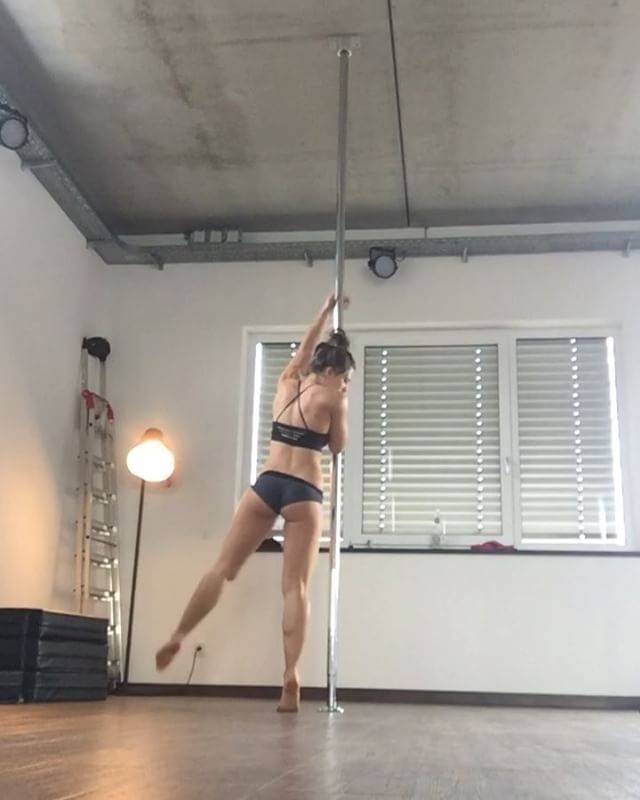 In that case, you will see why some people enter the industry immediately. According to one database, the average dancer only gets $20.13 an hour or $35,087 annually.
In that case, you will see why some people enter the industry immediately. According to one database, the average dancer only gets $20.13 an hour or $35,087 annually.
As for pole dancers, although the hourly rate is the same ($20,40), their annual incomes are significantly higher at an average of $59,496/year. This is because pole dancers receive bonuses, tips, and venue profit shares. Rarely do traditional-style dancers receive these extras.
Salary Is Not the Only Income of Pole Dancers
But clubs aren’t the only way for pole dancers to make money these days. There are many ways for pole dancers to boost their incomes. When you add them up, the true income of pole dancers can get surprisingly high.
Freelance Teaching
Pole dancing isn’t just an exotic dance that’s performed solely in clubs for the viewing pleasure of others. Being a high-intensity dance that engages the core muscles and arms, it’s an excellent sport for women to keep their bodies in shape and maintain their flexibility.
Don’t believe us? In 2017, the Global Association of International Sports Federation (GAISF) gave pole dancing the ‘Observer Status’. That means pole dancing is on the way to being legitimized as an Olympic sport!
It’s why pole dancing studios have been popping up everywhere. And these studios need instructors. Pole dancers can apply (usually on a freelance basis), instruct others on the art, and make good money while they’re at it.
Studios usually charge around $17 per session, and you’ll get a share of that.
Offer Private Dancing Lessons (Open Private Studios)
An alternative to teaching at dance studios is hosting your dance classes or opening private studios. This is much more profitable since you don’t have to share revenue with anyone else. You will also get the chance to spread your name around.
With the Internet, teaching a class 100% remotely without leaving your home is possible. In that case, the “costs” of running the business will be electricity, Internet, and maybe some marketing.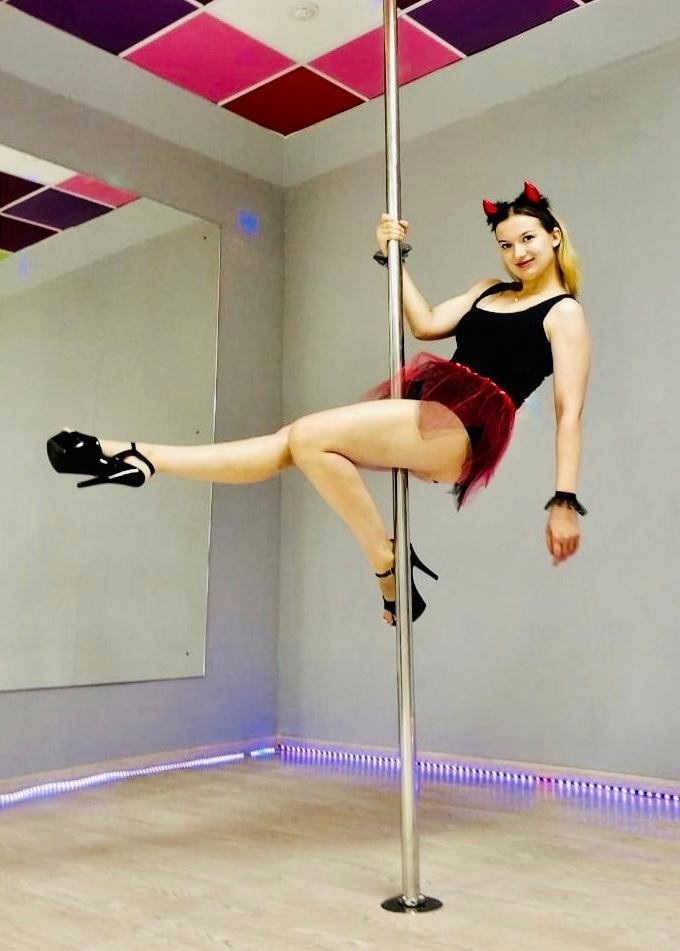
But if you want to go the extra mile, you can either use your home or hire a studio for a time to act as the classroom.
As for pay, $12 or $18 per session are perfectly reasonable.
Even if you were to take the lowest rate ($12) with one student for a month, three days a week, you’d still make $144. Size that up to a small class of 10, and you can easily make $1,440 a month in clean revenue.
If the business takes off, you may have a long-term business in hand once you’re finished performing!
Become a Coach
A pole dancing coach is usually a contracted position at a dance studio. It’s usually a lot more lucrative than freelance teaching positions. Although it’s a lot harder to get into since studios will only take up established, certified dancers as their in-house coaches, it’s worth looking into if you have the reps and the qualifications.
To be considered, you usually must go through a dance instructor course at a licensed dance studio and graduate there.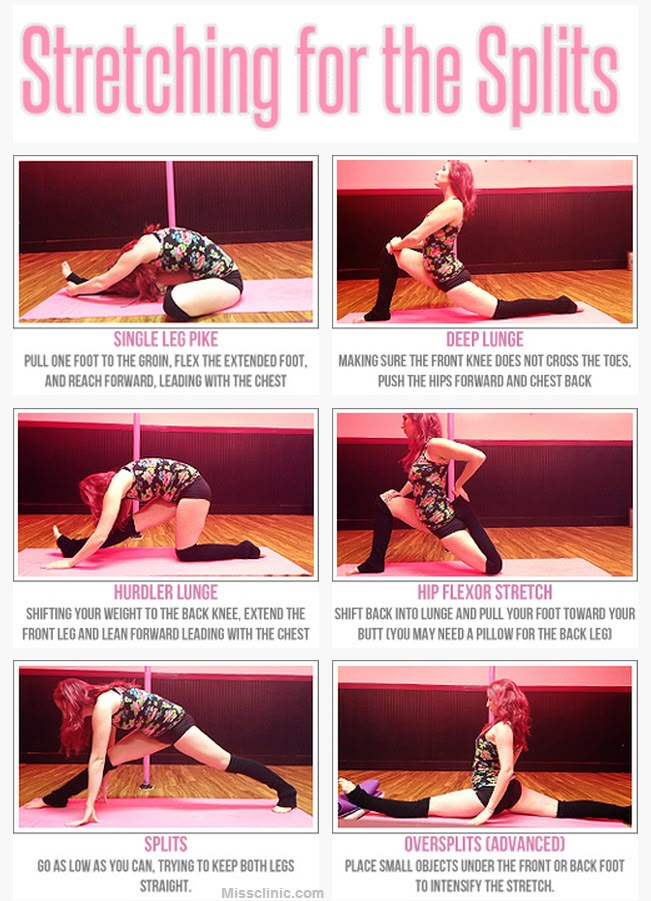 The certifications can help you get your foot in the door and advance to the audition stage.
The certifications can help you get your foot in the door and advance to the audition stage.
A pole dance instructor makes roughly the same as a pole dancer ($20 an hour or around $40,970 a year). However, it’s a far more financially stable position. More importantly, you don’t necessarily have to exert yourself as you would as a dancer.
Make Your Own YouTube Channel, Tiktok or Website
The exotic dance industry has taken to the Internet like fish to water. Besides teaching, pole dancers can release their performances online, spread their name, and even make money through ads and sponsorships (YouTube or Tiktok) or subscriptions (OnlyFans).
Creating a YouTube channel or an OnlyFans is one of the most popular kinds of “side hustles” for pole dancers. It’s easy to set up, it’s free, and can be very profitable if done right.
@simonaspataro_ È di nuovo quel periodo dell’anno🧦#polechallenge#poledanceaosta #sport #poledancing #artist #poler #tiktokitalia #spin #fyp #aosta #fun #athlete ♬ Hard Liquor – SOHN
Become an Affiliate
Becoming an affiliate means recommending products and services related to pole dancing on your website or social media channels.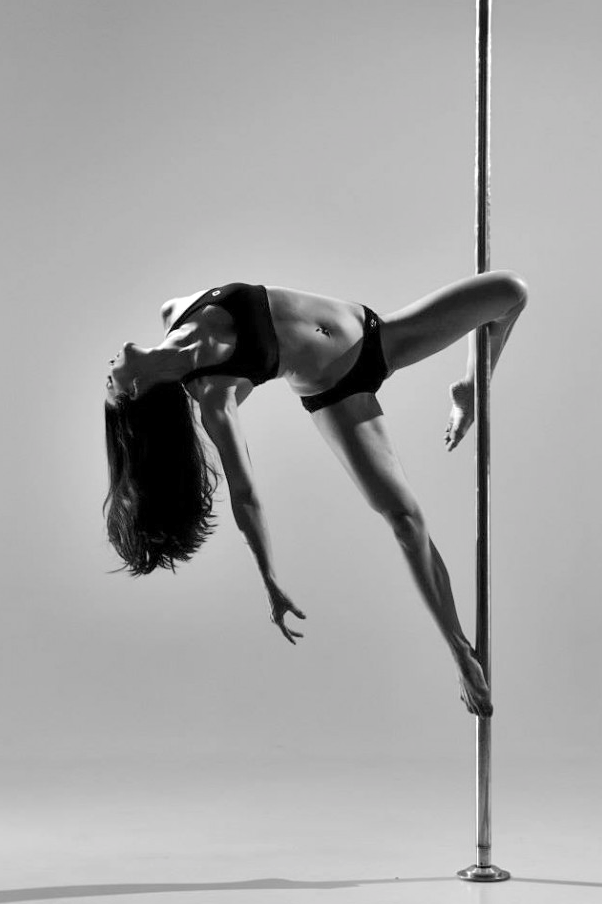 It’s basically running ads and marketing.
It’s basically running ads and marketing.
There are many affiliate programs that you can pick with commission rates ranging from 15% to as high as 75%.
While lucrative, you will need to have a large audience first to make much money out of this type of side hustle. The more people that buy the products or services you recommend, the more money you’re going to make.
Publish Podcast
Surprisingly, pole dancing is a pretty popular podcasting subject. Popular examples are “Pole Dancers Talk About Stuff” hosted by Teresa Rodriguez and Lana Morgana. These podcasts generally talk about pole dancing as a profession, the daily lives of pole dancers, and more.
If you feel like you have a knack for conversing with people and can whip up a good story, you can try podcasting. It can be a bit difficult to learn how to set up a podcast (audio editing, setting up accounts, and so on), but it can be worth it in the end!
What Affects a Pole Dancer’s Income?
Many factors affect the income of a pole dancer. And, the effects can be positive or negative.
And, the effects can be positive or negative.
Working Experience
New dancers won’t make good rates right away. You will need to build your skill, and familiarity with the trade, as well as improve your name around the venues.
Beginner pole dancers can expect a rate of around $25 to $50 an hour. However, experienced pole dancers can earn up to $1,500 a night.
Dance Skill
Aside from working experience, the better and more attractive you dance, the more money you’re going to get in tips and bonuses. These are the bread and butter of the profession.
The only way to improve is to practice and improve your skill. That will, in turn, draw more high-paying customers.
Dancer’s Reputation
To have good rates as a pole dancer, you need to build your name. The more recognizable your name is, the higher the chance of people paying well for your performances.
Plus, if you were to become famous, you will have a higher chance of taking substantial incomes out of hustles like YouTube or teaching or famous Tiktok dancer, as well.
Size of the Club/Bar
Before you start signing up for gigs, scout around your local area and write down the names of all the clubs and bars that have pole dancing on the program list, first. Larger, more established clubs will usually pay better, so focus on getting as many gigs out of them as possible.
You can sign up for smaller gigs in the minor bars for some extra income, but don’t expect too much from them.
Cities
Different cities will offer different rates. For example, if you operate in Florida, you will only make around $16 an hour or around $41,487 a year according to one estimate. But if you were to move to baller cities like Las Vegas, you can earn significantly more.
Depending on the type of dancing that you do, the establishment, and the guests, it’s not unheard of to earn up to four-figure in a night.
But do note that even in Las Vegas, there’s a limit. Exotic dancers still have to work a lot to get any income. But a good night can mean $300 in the bank.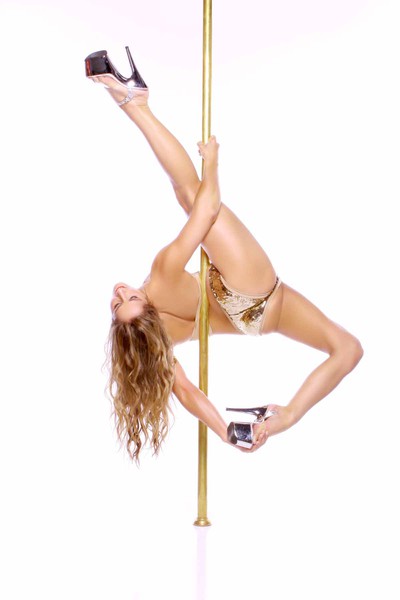
Stripper or Not
Stripping is the major differentiating factor between exotic dancers’ incomes.
Now, before we dive into this topic, it’s worth noting that stripping is entirely optional. If you do not want to do it, you should not force yourself to strip or allow anyone to peer-pressure you into it.
Stripping is dancing with some pieces of clothing off (usually the top), but there are all-nude clubs, too.
The dance is also a lot more sensual and personal, including lap dances and one-on-one dance sessions. And a lot of people can get the wrong idea because of this.
Usually, most strip clubs will employ a ‘No Touching’ rule, meaning the patrons aren’t allowed to touch the dancers under any circumstances. No matter how well they’re paying, if people were to touch the strip dancers, then it’s a quick way to be booted out of the club by bouncers.
Contrary to a lot of people’s beliefs, strip clubs aren’t brothels and function by entirely different rules.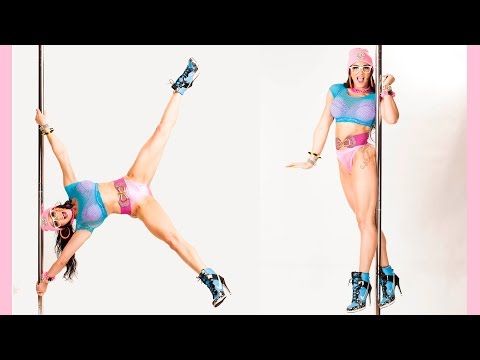 Clubs go the extra mile to ensure that non-appropriate touchings don’t happen because they can be held liable for assaults.
Clubs go the extra mile to ensure that non-appropriate touchings don’t happen because they can be held liable for assaults.
Final Words
Pole dancing is a well-paying, perfectly respectable profession in the entertainment industry despite the stigma surrounding it. If you’re thinking of joining, it can be a good way to make a career out of your exotic dancing skills.
To recap on the question of how much pole dancers make, then it’s usually between $40,000 to $65,000. You can make more depending on your skill, experience, and the side pole dancing jobs that you pick up along the way.
How Much Do Pole Dancers Make in 2022
There are multiple factors that determine how much money a pole dancer makes, we will be answering all your questions and more in this very popular question.
Anyone who is in the business of selling their time will be compensated based on market forces — demand, cost, skills and competition for jobs all come into play to determine what you make.
But before we delve any deeper on the topic of how much a pole dancer is paid, we have to make you understand Pole dancing as a Profession.
What is Pole dancing?When people think about pole dancing, the first thing that comes to their mind is a women wearing revealing clothing dancing on a stripper pole.
In reality, pole dancing is an athletic dance form that combines spinning and tricks on a vertical pole.
It has been around for centuries in different forms throughout Asia, Africa and Europe.
Pole dancing is considered to be the only kind of dance that requires an individual to compete against themselves.
It is not about how you look but about pushing yourself beyond your limits…
The International Pole Dance Fitness Association (IPDFA) has strict rules when it comes to competitions.
The dancers must wear appropriate attire (tops covering the breast and bottoms covering the genitalia), no shoes, and must perform the routines to music with a beat of between 70 – 140 bpm.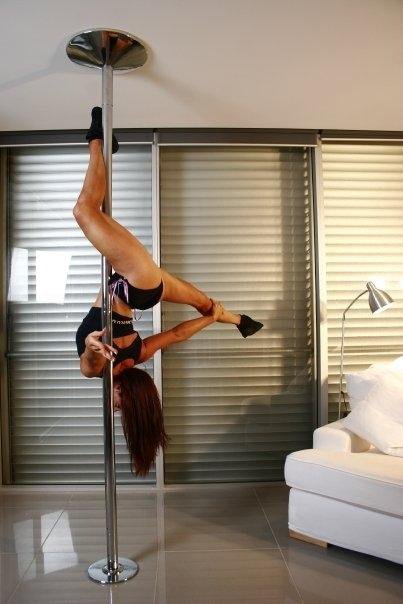
There are different levels of pole dance fitness ranging from beginner to advance.
The dancer’s physique is not important but rather their control of their body while they execute complex moves.
If dancing on the pole seems too intimidating there are other forms of pole dancing.
Pole fitness is also popular at exercise classes for women who do not want to dance on the pole, rather they just want to get fit through training with it.
A lot of gyms now have poles installed so that the participants can build up their strength and endurance without having to leave the comfort of their gym.
How much do Pole dancers make?Back to our main question now, how much do you think pole dancers makes on average per annum?
Based on the information available on Salary.com, some exotic pole dancers can make as high as $53,590 but the range can fall anywhere between $44,161 to $65,431.
Again, there are multiple determinants for this.
From personal accounts from youtube, twitter and social media, exotic pole dancers have been said to have made $200-$500 per hour depending on many factors.
If you get a contract to dance at a club or other establishment for a set number of hours each week (instead of per performance), the pay can be as high as $75-$100/hour.
Now with Onlyfans, many exotic dancers can make a hefty side income whilst using the club as a way of prospecting new client subscriptions.
For the low end
For an average Average Pole dancer gig in the U.S., you can expect to make anywhere from $20-$35 an hour for a performance, or possibly a bit more depending on the club and if you have any special skills, and the factor without clothes.
Some top-end professional Pole dancers can make thousands of dollars per month by teaching pole dancing — but again, this is due to their prodigious skills and acute business sense in working with studios and product sponsors to market
Some of the factors that can affect the salaries of a pole dancer is additional skills, having regular customers and knowing the business by spending a number of years on the scene.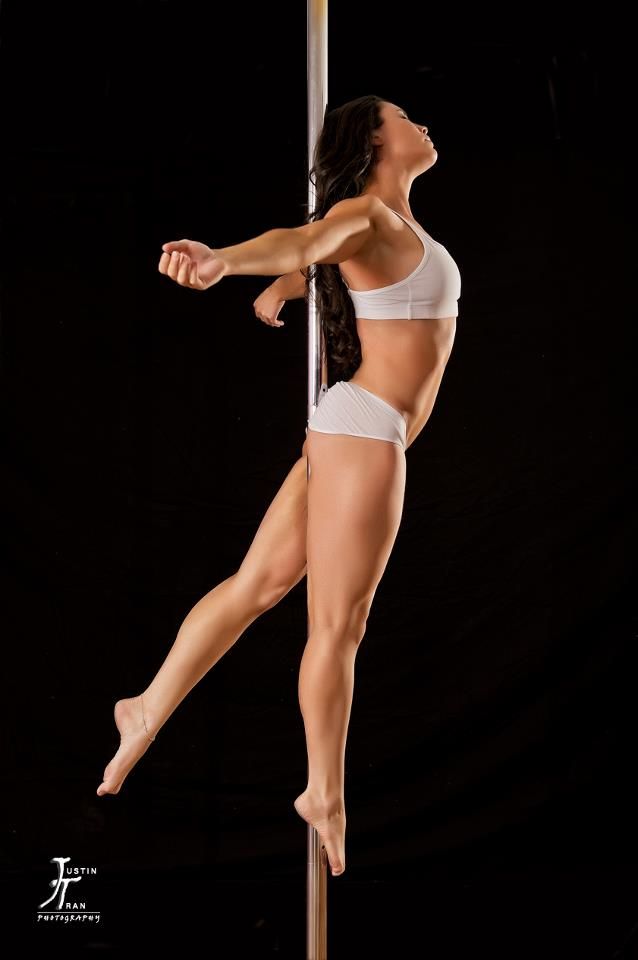
All these factors plays a significant role on determining the amount of money that a pole dancer will be paid.
Factors determining the average salary of a pole dancerWhat is the salary of a pole dancer?
It depends on where you are working, your level of attractiveness and dance skills to be able to determine the average salary.
The following are some major factors that affect salary:
Type of club or barGenerally speaking, clubs with more customers will pay higher salaries than those that have less customers.
Working ExperienceAlthough dancers with no experience can earn approximately $50 an hour, experienced dancers are able to earn up to $1500 per night.
Dancers’ attitude and work ethicWorkers who are not reliable will receive lower pay than those who are responsible for their jobs.
Dance SkillsYour dance skills determine how much you can earn as a dancer.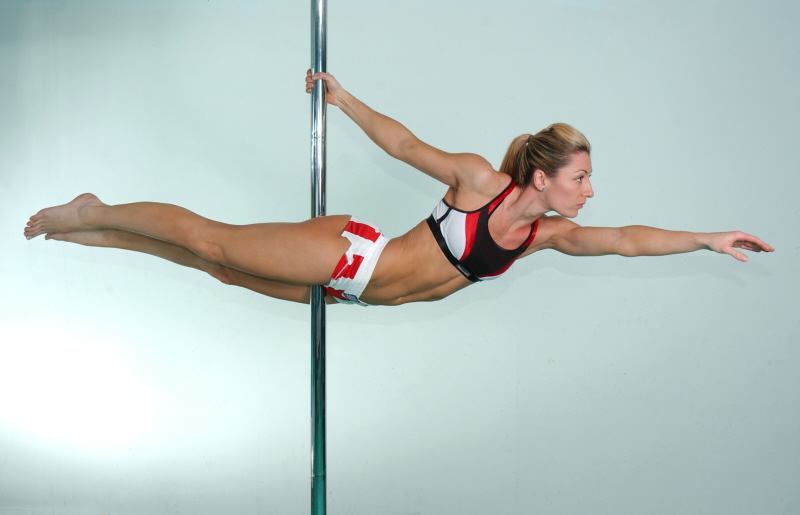
Practice, practice and more practice will help dancers become good at pole dancing and increase their chance of getting high-paying customers.
The size of your local clubFinding out how many clubs there are in your area is the first step to finding out what dancers make on average.
Dancers working for large clubs will make more money than those who work in small clubs.
Do you own a club?If you own your club, then you can keep all of the money that you bring in while working.
Dancers at private clubs are paid more than dancers at public or franchised clubs.
Promotional eventsPromotional events also increase dancers’ earnings.
Participating in competitions and guest appearances can greatly enhance your earning potential.
Pole Dancing skillsPole dancing skills are also important when trying to determine what a dancer makes per night.
Dancers who can perform more advanced tricks and spins earn more than those who cannot.
Finally, the number of hours a dancer works in a shift affects her earnings.
Dancers will naturally make less when working less, so it is up to them to decide if they want to work longer hours in order to increase their earnings or not.
FAQsHow much does the average pole dancer make?This will greatly depend on a number of factors among them the skills, location, the club, promotional events and few others.
How much should a dancer get paid?It can vary but on average, a beginner dancer that has marketed her career right can make up to $100 per hour.
How much does a pro dancer make per year?The average annual salary for a pole dancer can vary.
Top earners make up to $168,500 while the average earners make $67,839 per year.
ConclusionA survey by Men’s Health magazine in 2014 showed that 51 percent of men believed that dancers with an average level of attractiveness, dance skills and work attitude could make up to $2000 for one night on the stage.
However, only 10 percent expected performers would receive compensation more than $1000 per night on average.
We hope that this post has helped you greatly in answering this question.
How much do dancers earn and how to become a professional - November 1, 2018
Ivan Slavinsky
Share
Comments
It is never easy, but wildly interesting.
Members of the FAM Factory dance team told Sport24 about the difference between a professional team and an amateur one, how much coaches earn and how long it takes to become a good dancer from scratch.
Our team is called FAM Factory and has been around for a very long time. We regularly perform at the largest dance championships throughout Russia, we work at major events. Our choreographer, Yevgeny Kevler, is one of the top choreographers in Russia, staged dances for "Dances" on TNT, "Dance" on Channel One, and has brought up more than one generation of dancers.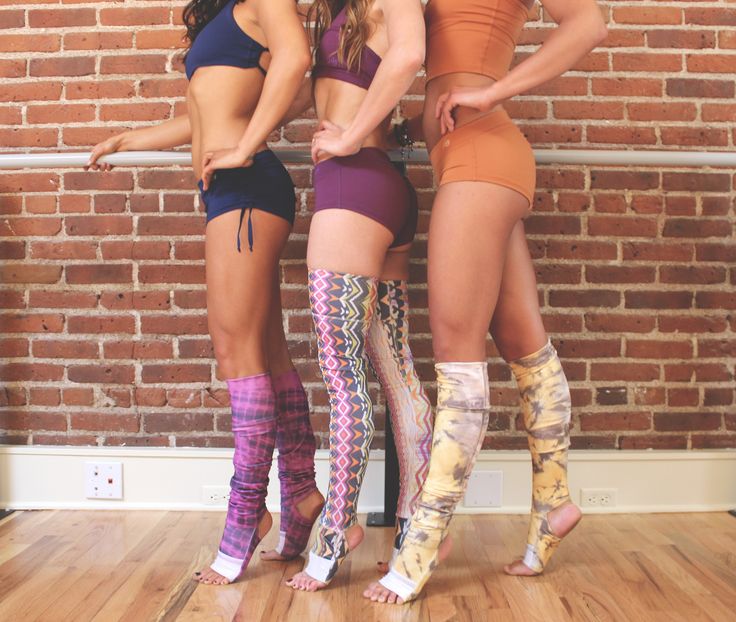 Our team is diverse - students, office workers, teachers and coaches, but they all have one thing in common - an unimaginable love for dancing.
Our team is diverse - students, office workers, teachers and coaches, but they all have one thing in common - an unimaginable love for dancing.
View this post on Instagram
A post shared by Evgeny Kevler (@kevbrave) on
At first, technique is not so important, it comes with experience. It is worth paying attention to physical form, especially if you prefer styles that are characterized by frequent level changes or powerful energy: you may simply not have enough strength. The breather also needs to be developed: fast choreography cannot be danced to the end if the volume of the lungs is not enough. Many dancers take up running to develop their lungs. And for the development of physical strength, functional training or crossfit are suitable - of all training, these will probably be the most useful in our business. If there is no time for this, then you need to at least minimally pump the press, do push-ups, squat. We sometimes conduct physical training classes at team training.
View this post on Instagram
A post shared by Nadia Gera 🐾 (@gerandosina) on
and year, everything is very individual here.
Many schools have their own reporting concerts and parties. As a rule, at such events, students go on stage for the first time.
If we talk about more complex numbers, then it takes a month and a half to set them up with 3-4 workouts a week for 2-3 hours. The mode of training in a serious team changes, especially if the number is complex and many dancers participate in it. A fairly common occurrence is night workouts. As you might guess, they take place at night, and, as a rule, last 5-6 hours. It's not easy, especially at first and if you have to go to work in the morning, but it's also more efficient in terms of the speed of staging the show, and the result is definitely worth it.
Championships
In the dance world, the year can be conditionally divided into two seasons - spring and autumn. All this time, championships of various levels go one after another, the most "fruitful" in this regard are April and May, as well as November and December. As a rule, all groups put on a performance a month or two in advance, but it all depends on the level of training and available time for the dancers themselves.
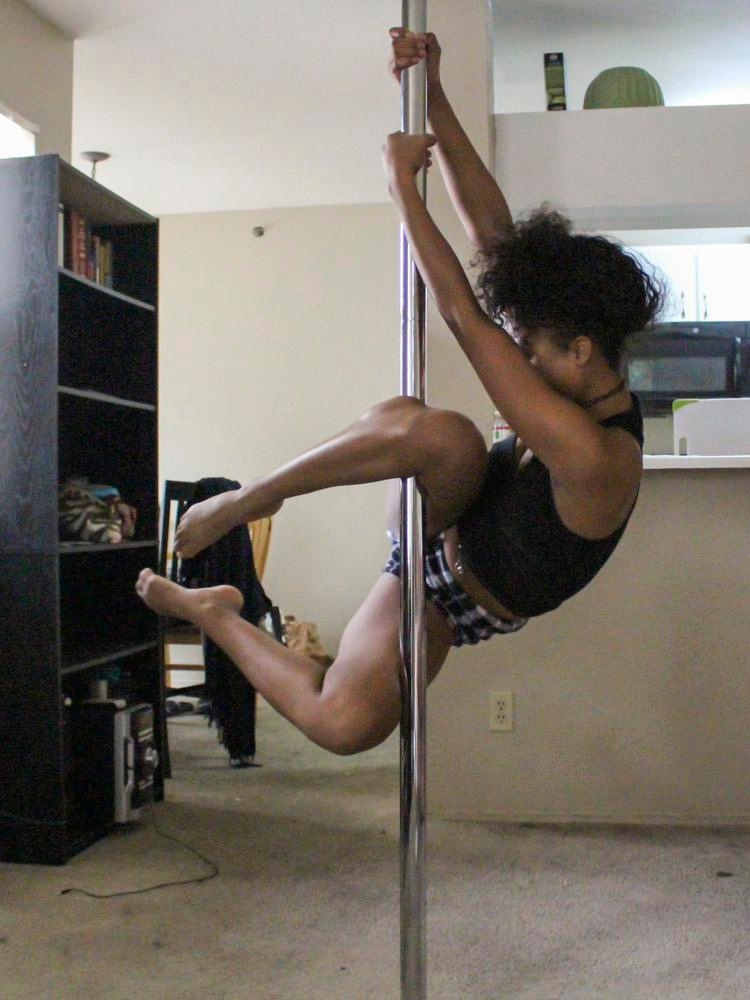
In general, championships are a separate and very entertaining cuisine. Dancers are constantly preparing for some kind of competition, it rarely happens that you just come and hang out aimlessly. Everything is almost like in the movie "Step Up": the whole season is the process of preparing for the competition, and in the off-season, everyone either rests, or pumps, or shoots a video.
At dance championships there is always a division according to the level of training and age: children are separated from adults, beginners are separated from professionals. And within these categories, there is also style: hip-hop, ladies, contemporary.
View this post on Instagram
A post shared by F.A.M. FACTORY DANCE CREW (@fam_factory) on
Our favorite nomination is best dance show.
The name speaks for itself: there are no style bindings here, the main thing is the idea and combination of styles. At some major competitions, the styles used in the show must be declared in advance, at some there are no restrictions, only creativity. Now even in some championships there is a separate Show nomination, and a separate Performance nomination. In the first case, the show should have a story and plot, in the second case, it is important who dances stronger, more powerful and cooler. And there are also solos with duets, which are not limited by styles at all, only by timing. In general, there are a lot of nominations. Beginners or people unfamiliar with dancing can get confused. But as soon as you immerse yourself in this world, everything becomes clear pretty quickly.
Refereeing at championships is always represented by top dancers: sometimes Russian, sometimes foreign, but always super authoritative. The evaluation criteria, like the judges, are also different, but they look primarily at choreography, technique, synchronism and creativity.
You can earn money at good status tournaments. On average, you can get about 30 thousand per team for winning such a tournament. But it is not at all necessary that there will be prize money for winning any championship: somewhere the organizers limit themselves to cups and gifts from sponsors.
View this post on Instagram
A post shared by F.A.M. FACTORY DANCE CREW (@fam_factory) on
Nutrition
Nutrition is a matter of personal preference. Most dancers are ordinary people, so until their legs start to fall off, few people even think about nutrition and injury prevention. Many are killed in training, and few people know how to recover, they do not take care. If you don’t eat normally, you may not have enough strength for the whole season.
Protein and BCAAs often help out, but in reality, for some reason, few people use them.
View this post on Instagram
A post shared by Nadia Gera 🐾 (@gerandosina) on
A: Regular exercise is usually enough to stay in shape. Although, of course, you need to take care of yourself, but adults who have survived a couple of injuries or dancers who work in commerce are already thinking about this.
"Sneakers kill instantly"
As for clothes, this is a separate topic of conversation, which will take more than one hour. Firstly, the style of dance and what you dance in are very closely related. No one will go dancing popping in leggings or short shorts, twerk in sweatpants, too, you know, I don’t rub, like a strip in a baseball cap.
Things are, of course, very important. You can't really train in Chinese sneakers. Not even because they are uncomfortable, they just fall apart in a moment. In general, if you danced at least once in shoes, then you can say goodbye to it - it only kills if you train often and for a long time. Especially for us, jazzfunkers, because a lot of techniques are combined, the foot is actively working. And it’s good for contemporary people in general: they dance barefoot in socks, and with simpler things - they put on something very wide and similar to oversized pajamas - and you are the most fashionable in the class.
Income and expenses
As for the payment for training for teams, it is similar to amateur sports sections: in many teams, participants pay a monthly fee, which includes the rent of the hall and the work of the choreographer.
View this post on Instagram
A post shared by F.
A.M. FACTORY DANCE CREW (@fam_factory) on
Is it possible to make money from dancing? Of course, there is plenty of work. First, dance schools. There are now ten of them at each metro station, a novice teacher, if desired, will quickly find a job. But if you want to get into a top school as a teacher, then you need to work hard, have a name, constantly upgrade, be socially active, shoot videos and shine at the same championships. The main thing is not to be lazy.
There is also such a great thing as commerce - these are corporate parties, working with stars, large events and the like. Such projects are well paid, and it is always interesting to participate in them. We somehow opened with our show a major event of stylists - Wella Trend Vision. There was so much creativity and creativity behind the scenes that we ourselves were inspired by the most do not indulge. It was very interesting to watch all this behind-the-scenes turmoil and the process of creating images.
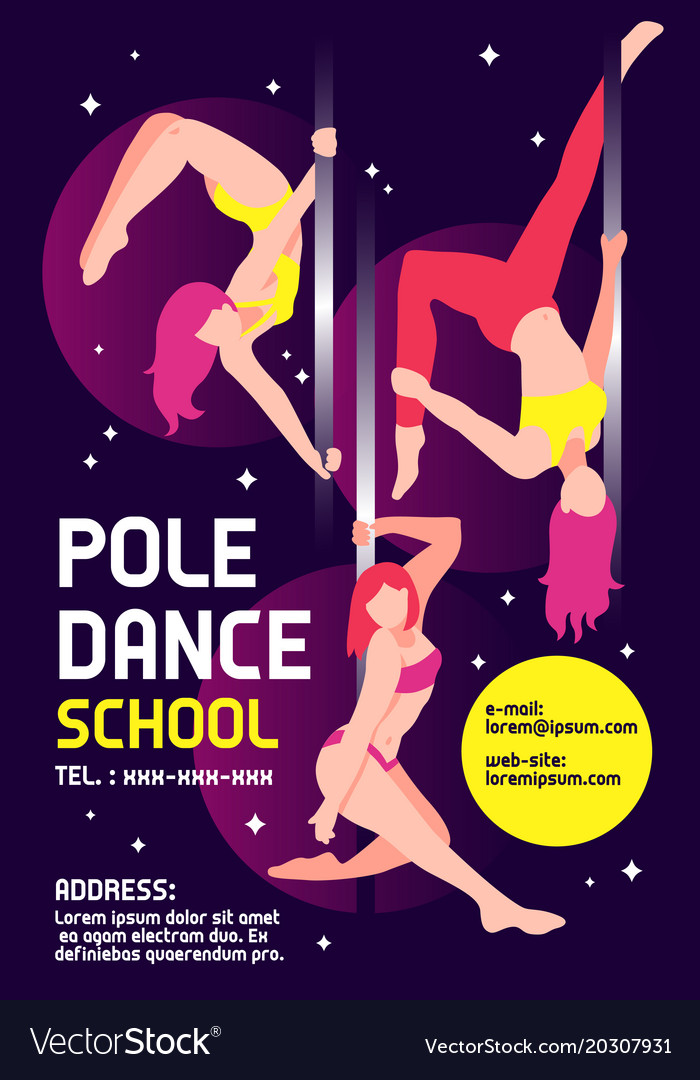
On March 22, 2022, by a court decision, Meta, the social networks Instagram and Facebook were recognized as an extremist organization, their activities on the territory of the Russian Federation are prohibited.
Why pole dancing is an art
Most people associate pole dancing with striptease, and those who practice it seem to be insidious seductresses. A reader of Gazeta.Ru realized from her own experience that it is difficult to dance on the pole, and there is nothing indecent in it. Understood and shared with us.
I've been in pole dancing for almost three and a half years, and during all this time some people are very persistently striving to prove that it is possible and necessary to put an equal sign between my hobby and striptease. Before, of course, this hurt me, but then I realized: most people know about pole dancing only that a pole (pole) is used for it. And what do they associate with the sixth? That's right, striptease.
Very unpleasant comments appeared under my photos on social networks more than once, because the stereotypical idea that half-dancers are completely debauched is still quite common.
But, it would seem, pole dance has long come out of the shadows and has become one of the sports (officially - since October 2, 2017).
I always knew that half-dance is a dance, and dancing is an art. And I have always been fascinated by dancing. When I saw what half-dancers were doing, I decided that I wanted to do that too.
It took about a year for my “want” to turn into “do”. There were some fears and doubts, which, by the way, were also among other newcomers with whom I talked. Basically, they were formulated in the form of the phrase “I can’t, I have weak arms, weak abdominal muscles, not a good enough figure, and in general, am I an acrobat or something?” Doubts disappeared when I saw Olga Koda's number. Then the idea that in any case everyone starts somewhere took over, and I began to act: I found a school near my house, came to a trial lesson, all such a small and trembling schoolgirl, enthusiastically looking at experienced dancers who performed crazy tricks somewhere under the ceiling of the hall.
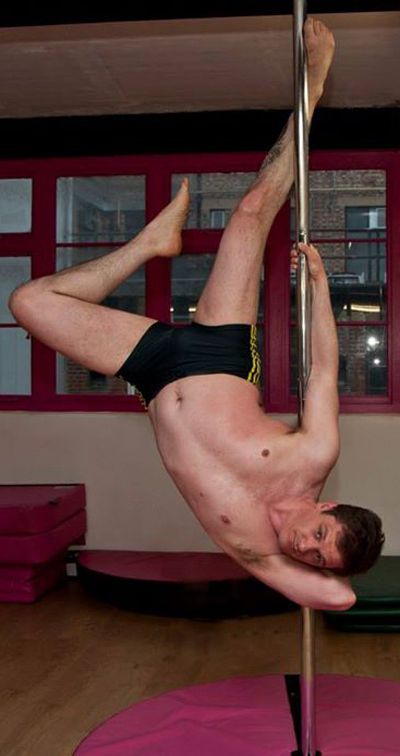
At the first lesson, all I did was walk around the pole and try to master the basic elements, for which my level of physical fitness was clearly not enough. But I didn’t quit - I wanted to surprise myself too much and find out what I was capable of. I must say I was surprised. Sometimes we can’t even imagine what our body is capable of. I thought that hangings and handstands were for the elite. Now I understand that this is the lot of those who train hard.
A couple of months later I climbed the pylon without any problems. Under the very ceiling, that was joy! Six months later I learned the basic tricks. And to those who say that pole dance is simple, “walk around the pole and slowly take off your clothes,” I answer: you are wrong (I would have put it much sharper before).
First of all, pole dancing does not involve stripping. Exposure of some parts of the body (arms, legs, back) is allowed solely in order to improve grip with the pole. In other words, in ordinary clothes, you will simply slide down a smooth steel stick and hurt yourself.
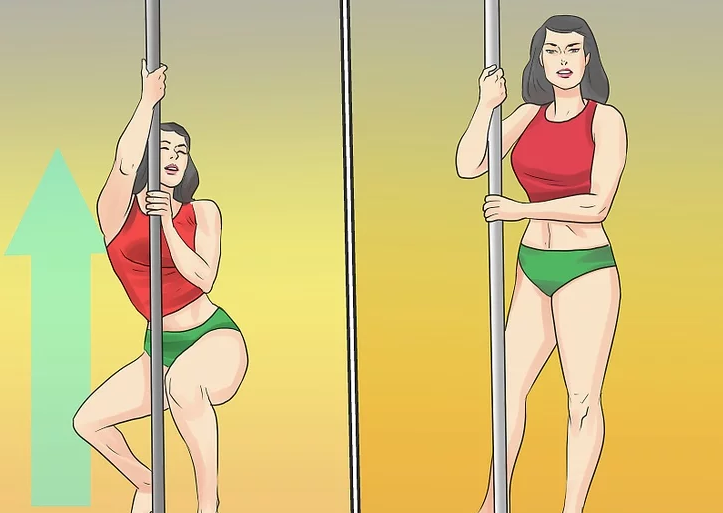
But dancers don't wear shorts, tank tops or leotards to seduce anyone.
Moreover, the rules of various competitions are strictly regulated: how much exposure is allowed, what kind of suit can and cannot be worn, what width the gusset of shorts should be, etc. Yes, there is a separate direction in half-dance - pole exotic - it’s not the tricks that come to the fore, but the choreography, grace, sensuality. However, total nudity during performances is prohibited, which many do not know.
In general, there are many things in the history of pole dance that people who are not related to this area have hardly heard about. For example, that originally a pole, though wooden, was used by the Indians as a yoga equipment (XII century), and this discipline was called Mallakhamb (“pole gymnasts”). There was another one, which is more reminiscent of modern pole dancing, - Mallastambha ("pillar gymnasts"). The iron pole was used for Indian fighters to train their strength and agility.
Some sources report that the pylon or pole was used in their ritual dances by women in African and Indian tribes. Previously, he embodied the symbol of the masculine, but then the dances at the pole also had a spiritual aspect.
For several centuries, half-dance developed only in the circus arena (it still exists today). In the second half of the 20th century, the "function" of pole dancing was seduction. Since the 1990s, the pole dance that we see now has appeared, and this is the merit of the Canadian Fonnier Munday, who recorded educational videos, thanks to which the society learned about this dance direction.
Those who think that half-dance is a sport exclusively for girls are mistaken.
Older women (Greta Pontarelli known in this circle for more than 60 years), and men (winner of the World Championship in Beijing 2015 Dmitry Politov, three-time world and Russian champion Evgeny Greshilov) and even children (Emily Moskalenko) represent the dance direction.


